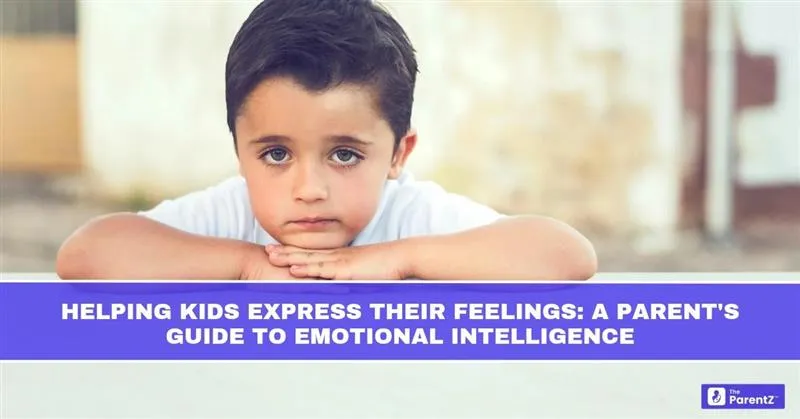Emotional intelligence (EI) is the ability to recognize, understand, and manage one’s own emotions, while also understanding and responding appropriately to the emotions of others. For children, especially in early developmental years, emotional expression plays a critical role in mental well-being, academic success, and healthy relationships. Parents are often the first and most consistent influence in shaping these skills.
Why Emotional Expression Matters in Children
Children who can articulate their feelings are better able to manage stress, resolve conflicts, and form strong social bonds. Research shows that high EI in childhood is associated with better problem-solving skills, fewer behavioral issues, and improved resilience. Conversely, children who struggle to express emotions may internalize stress or display behavioral outbursts.
Common Barriers to Emotional Expression in Children
- Limited Vocabulary for Emotions – Young children may lack the words to describe what they feel, leading to frustration or withdrawal.
- Fear of Judgment – If emotions are dismissed or criticized, children may learn to suppress them.
- Overwhelming Feelings – Strong emotions such as anger, fear, or sadness may feel unmanageable, making expression difficult.
- Cultural or Family Norms – In some families, certain emotions (like anger or vulnerability) may be discouraged, reducing emotional openness.
- Developmental Delays – Speech or language delays can affect a child’s ability to express feelings clearly.
Signs Your Child May Be Struggling to Express Emotions
- Frequent tantrums or meltdowns beyond expected developmental stages
- Withdrawal or avoidance of social situations
- Physical complaints such as stomachaches or headaches without a medical cause
- Difficulty describing feelings when asked
- Overreacting to minor frustrations
Evidence-Based Strategies to Help Children Express Feelings
1. Model Healthy Emotional Expression
Children learn by observing. When parents name and express their own emotions calmly (“I feel frustrated because the traffic is slow”), it teaches emotional vocabulary and normalizes expression.
2. Build an Emotion Vocabulary
Introduce age-appropriate words for feelings beyond basic “happy” or “sad.” Use books, emotion charts, or games to help your child recognize emotions in themselves and others.
3. Validate Feelings Before Correcting Behavior
When children act out, acknowledge the underlying emotion first (“I see you are upset that the game ended”). This helps them feel understood and more open to problem-solving.
4. Use Play as an Emotional Outlet
Art, music, pretend play, and storytelling can help children express emotions indirectly, especially when they find verbal expression challenging.
5. Create a Safe Space for Sharing
Encourage regular “check-ins” at home where family members can talk about their day and feelings without interruption or judgment.
6. Teach Emotional Regulation Techniques
Simple strategies such as deep breathing, counting to ten, or using a “calm corner” can help children manage strong emotions before expressing them.
7. Read and Discuss Stories with Emotional Themes
Books with relatable characters experiencing emotions provide opportunities for children to identify, discuss, and reflect on feelings.
When to Seek Professional Help
While many children develop emotional expression skills naturally, some may need additional support. Consider consulting a child psychologist, speech-language pathologist, or pediatrician if your child:
- Has persistent difficulty identifying or expressing emotions after age 6
- Shows ongoing behavioral issues or social withdrawal
- Experiences emotional distress that interferes with daily activities
Key Takeaways for Parents
- Emotional intelligence is learned, not innate, and develops best with consistent guidance and modeling.
- Validating emotions without immediately trying to “fix” them builds trust and openness.
- Tools such as emotion charts, role-play, and storytelling can make emotional learning engaging and effective.
- Professional guidance is helpful when emotional expression challenges persist.
Supporting emotional expression is not about eliminating negative feelings, but helping children navigate them in healthy, constructive ways. Parents who invest in their child’s emotional development lay the foundation for resilience, empathy, and lifelong well-being.








Be the first one to comment on this story.